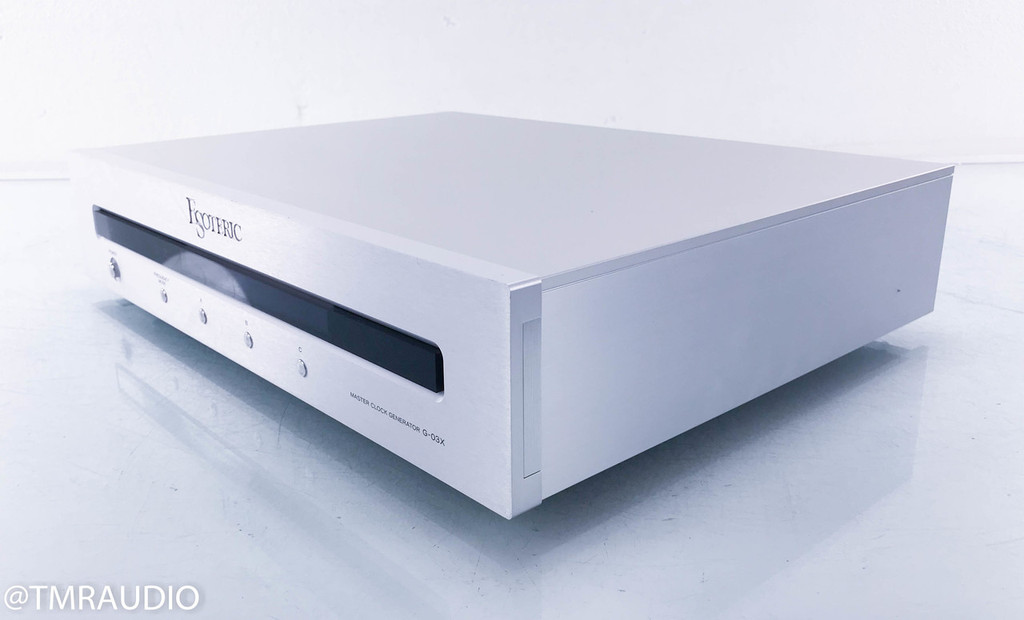

However, in larger setups there are significant practical and technical advantages in using a central master clock to provide stable references to the entire system.

#WORD CLOCK GENERATOR GENERATOR#
Assuming the equipment is configured to extract the embedded reference clock from its input signal, then it is not strictly necessary to provide separate reference clock signals from a master generator system.

At each subsequent transfer of the digital audio from one machine to the next (assuming the use of AES, S/PDIF, SDIF3, MADI or ADAT interfaces) the clocking information is fully embedded and passed along with the audio. That reference is most often the internal crystal clock of an A-D converter. The Drawmer D-Clock provides a total of 20 word clock outputs, but is it the answer?Īs to your second question, a digital recording has, by definition, to be clocked from a reference at the source. A proper star-shaped distribution of clock signals from a dedicated hub or master generator, using word clock, AES or a combination of both, is a far better and more reliable approach. The problem is that while this approach can work in controlled situations, there are inherent dangers involved if the equipment isn't (or can't be) configured correctly, or the setup is changed without correctly re-engineering the chain. Some might argue that the ability to daisy-chain a word clock signal around a number of devices using BNC T-pieces makes word clock superior since it provides a cheap and convenient way of distributing a reference clock. However, there is no significant technical advantage in using only the word clock format.
#WORD CLOCK GENERATOR SERIES#
Technical Editor Hugh Robjohns replies: A new series of articles concerning various practical aspects of working with digital audio is planned for the near future, but in the meantime I'll have a bash at tackling your list of clocking questions.Ī lot of equipment accepts only a simple word clock reference input, rather than AES or composite video references, purely because it is far easier and cheaper to implement. Please could Hugh Robjohns write a comprehensive article explaining the operational advantages and disadvantages of using a word-clock signal to synchronise studio equipment as compared to alternative methods? Further, if the audio has been reference-clocked as it was recorded, does the replay chain (perhaps including multiple downstream signal processors) still require a synchronisation reference or is the clocking information embedded in the recorded data sufficient to hold all the downstream equipment in the correct relationship? Finally, with respect to jitter, will using an external master clock to synchronise the equipment chain prevent it?


 0 kommentar(er)
0 kommentar(er)
